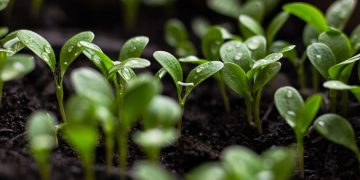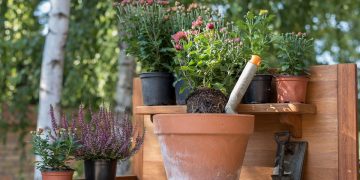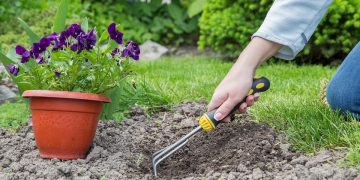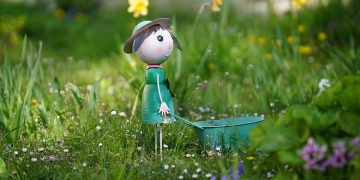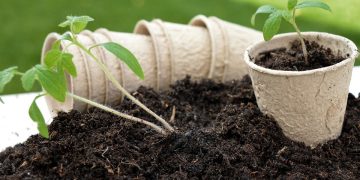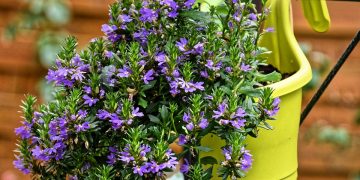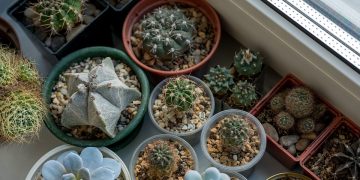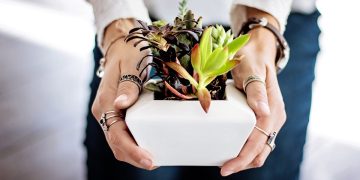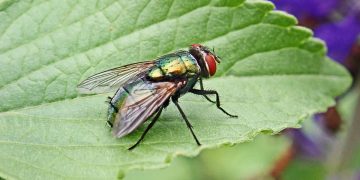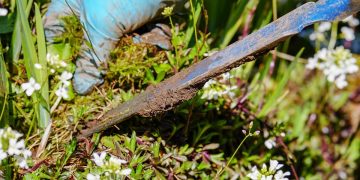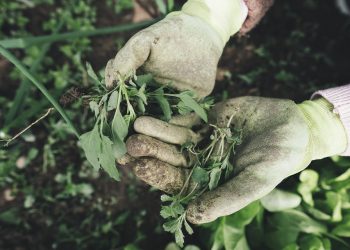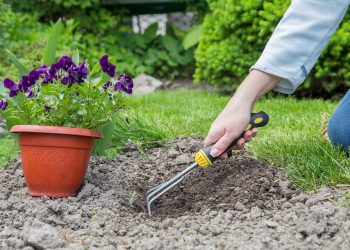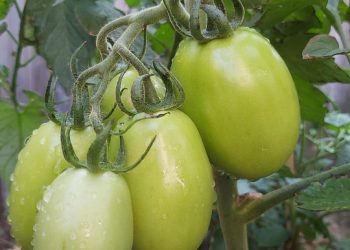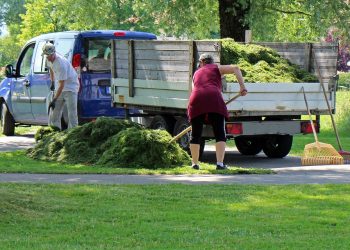Harmonious Horticulture: Mastering Low-Impact Gardening for a Greener Tomorrow
As our world becomes increasingly aware of the importance of sustainable practices, more and more people are looking for ways to reduce their impact on the environment. One area where individuals can make a significant difference is in their own backyard through low-impact gardening practices. By implementing techniques that minimize harm to the environment while still creating beautiful and productive gardens, we can all play a part in creating a greener tomorrow.
Why Low-Impact Gardening?
Low-impact gardening is all about working with nature, rather than against it. By using sustainable practices that minimize the use of chemicals, reduce water consumption, and promote biodiversity, we can create thriving ecosystems that benefit both the environment and our own well-being. In addition, low-impact gardening can help to combat climate change by sequestering carbon in the soil and reducing greenhouse gas emissions associated with traditional gardening practices.
Key Principles of Low-Impact Gardening
There are several key principles that guide low-impact gardening practices:
1. Water Conservation
One of the most important aspects of low-impact gardening is conserving water. By using techniques such as mulching, drip irrigation, and rainwater harvesting, gardeners can reduce their water consumption and create more resilient plants that are better able to withstand drought conditions.
2. Soil Health
Healthy soil is the foundation of a successful garden. By avoiding the use of synthetic fertilizers and pesticides, and instead focusing on building soil health through composting, cover cropping, and crop rotation, gardeners can create thriving ecosystems that support a wide range of beneficial organisms.
3. Biodiversity
Encouraging biodiversity in the garden is essential for creating a resilient ecosystem that can adapt to changing conditions. By planting a diverse range of native plants, providing habitat for beneficial insects and wildlife, and avoiding the use of chemical pesticides, gardeners can create a balanced and harmonious environment that supports a wide range of species.
Common Questions About Low-Impact Gardening
Here are some common questions that people have about low-impact gardening:
1. Can I still have a beautiful garden without using chemicals?
Absolutely! Many gardeners find that their gardens are even more beautiful when they use natural, organic methods to care for their plants. By focusing on building soil health, encouraging biodiversity, and using techniques such as companion planting and natural pest control, you can create a garden that is not only aesthetically pleasing but also beneficial for the environment.
2. How can I reduce my water consumption in the garden?
There are several ways to reduce water consumption in the garden. One of the most effective methods is to use mulch, which helps to retain moisture in the soil and reduce evaporation. Other techniques include drip irrigation, rainwater harvesting, and planting drought-tolerant species that require less water to thrive.
3. What are some easy ways to promote biodiversity in the garden?
Planting a diverse range of native plants is one of the best ways to promote biodiversity in the garden. By providing habitat for beneficial insects and wildlife, avoiding the use of chemical pesticides, and creating a variety of microclimates within your garden, you can create a thriving ecosystem that supports a wide range of species.
Creating a Greener Tomorrow Through Low-Impact Gardening
By embracing the principles of low-impact gardening and implementing sustainable practices in our own backyard, we can all play a part in creating a greener tomorrow. Whether you are a seasoned gardener looking to reduce your environmental impact or a beginner looking to create a beautiful and sustainable garden, there are many ways to incorporate low-impact gardening into your landscaping. By working with nature, conserving water, building soil health, and promoting biodiversity, we can create thriving ecosystems that benefit both the environment and our own well-being.
So why not take the first step towards a greener tomorrow by mastering the art of low-impact gardening in your own backyard? Your garden, your community, and the planet will thank you for it.
Conclusion
Low-impact gardening is not just a trend, but a necessary shift towards sustainable practices that benefit both the environment and our own well-being. By following key principles such as water conservation, soil health, and biodiversity, we can create thriving ecosystems that support a wide range of species and help combat climate change. So why not join the movement towards a greener tomorrow by mastering the art of low-impact gardening in your own backyard? Your garden, your community, and the planet will thank you for it.




